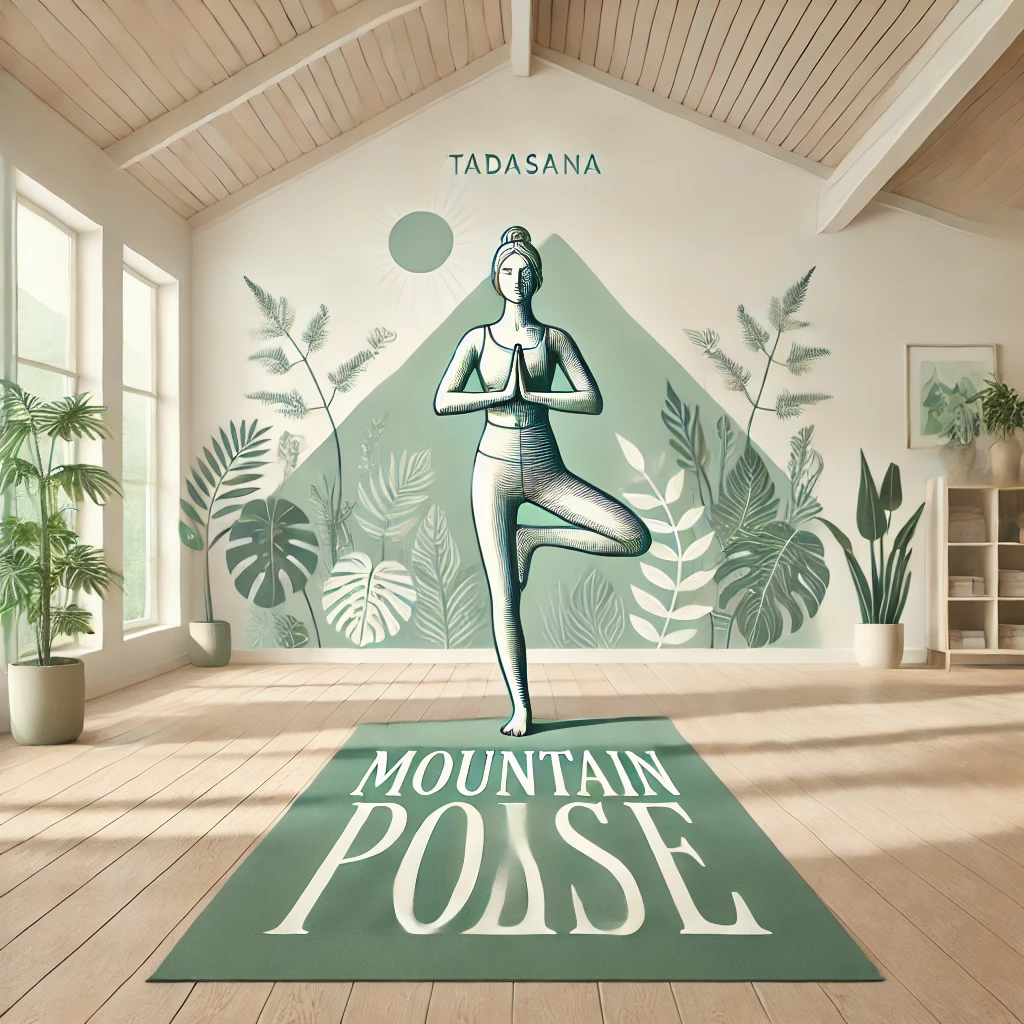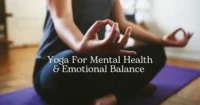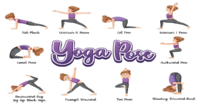Embarking on your yoga journey can be one of the most enriching decisions you make for your body, mind, and spirit. Yoga, a practice that originated thousands of years ago, combines physical postures, breathing techniques, and mindfulness to promote overall well-being. If you’re a beginner, this guide will help you take your first steps with confidence and ease. So let’s unlock the guide of Yoga for Beginners.
Why Start Yoga?
- Enhances Flexibility: Gradual practice improves your range of motion.
- Builds Strength: Yoga strengthens muscles and improves posture.
- Reduces Stress: Breathing and mindfulness techniques foster relaxation.
- Boosts Overall Health: Improves balance, increases energy, and supports heart health.
- Improves Mental Clarity: Encourages focus and sharpens cognitive functions.
- Supports Emotional Well-being: Promotes mindfulness and reduces symptoms of anxiety and depression.
- Increases Energy Levels: Gentle movement and breath-workinvigorate the body and mind.
- Encourages Better Sleep: Helps calm the mind, leading to improved sleep quality.
Setting Up Your Practice
1. Create a Comfortable Space
- Choose a quiet spot with enough spaceto stretch.
- Use a yoga mat for shieldingand stability.
- Add calming elements like candles or soft lighting if desired.
2. Wear Comfortable Clothing
- Opt for breathable, stretchy clothes.
- Avoid restrictive garments that limit movement.
3. Gather Essential Props
- Yoga mat
- Blocks (to modify poses)
- Strap (to assist with flexibility)
- Blanket (for seated or restorative poses)
4. Set a Time
- Practice at the same time daily to build consistency.
- Mornings are ideal for energizing, while evenings can help unwind.
Basic Yoga Poses for Beginners
1. Mountain Pose (Tadasana)
- How to Do It: Stand tall with feet together, arms at your sides, and shoulders relaxed. Engage your thighs and simultaneously elongate your spine.
- Benefits: Improves posture and promotes body awareness.
- Who Can Do It: Suitable for most individuals, including seniors and beginners looking to improve posture and stability.
- Who Should Avoid: Those with severe balance issues, dizziness, or vertigo should practice with caution or under supervision.

Mountain Pose (Tadasana)
2. Downward Dog (Adho Mukha Svanasana)
- How to Do It: Start with place your hands and knees on the ground, shoulder width apart, with your arms straight tuck your toes, and lift your hips to form an inverted V-shape.
- Benefits: Stretches the spine, hamstrings, and calves.
- Who Can Do It: Most people, including those looking for a full-body stretch.
- Who Should Avoid: Individuals with wrist injuries, high blood pressure, or slip disc issuesshould avoid this pose.
3. Child’s Pose (Balasana)
- How to Do It: Kneel on the mat, sit back on your heels, and stretch your arms forward while lowering your forehead to the mat.
- Benefits: Relieves tension and gently stretches the back.
- Who Can Do It: Suitable for almost everyone as a resting pose.
- Who Should Avoid: Those with severe knee injuries or difficulty kneeling may need to modify or avoid this pose.
4. Warrior I (Virabhadrasana I)
- How to Do It: Step one foot forward into a lunge, turn the back foot slightly out, and raise your arms overhead.
- Benefits: Strengthens legs and opens the chest.
- Who Can Do It: Suitable for those looking to build strength and improve stability.
- Who Should Avoid: Individuals with knee or hip injuries should practice with modifications or avoid.
5. Cat-Cow Stretch (Marjaryasana-Bitilasana)
- How to Do It: Alternate between arching your back upward (cat) and dipping your belly downward (cow) while on all fours.
- Benefits: Improves spinal flexibility, Calms the mind and relieves back tension.
- Who Can Do It: Most individuals, especially those with stiff backs.
- Who Should Avoid: Those with severe wrist or neck injuries should proceed cautiously.
6. Corpse Pose (Savasana)
- How to Do It: Lie flat on your back, arms at your sides, palms facing up, and focus on your breath.
- Benefits: Encourages relaxation and mindfulness.
- Who Can Do It: Everyone can benefit from this pose as a relaxation technique.
- Who Should Avoid: No specific restrictions, but individuals with lower back pain may benefit from bending their knees slightly.
Tips for a Successful Yoga Practice
- Start Slow: Focus on basic poses and progress gradually.
- Listen to Your Body: Never push into pain,yoga should feel good.
- Focus on Your Breath: Synchronize movements with deep, steady breathing.
- Stay Consistent: Aim for short, daily practices rather than occasional long sessions.
- Seek Guidance: Join a beginner’s yoga class or follow online tutorials.
Benefits Beyond the Mat
Yoga isn’t just about the poses. It’s a holistic approach to life that extends beyond the mat. By fostering mindfulness and balance, yoga can improve daily habits, enhance personal relationships, and cultivate a deeper sense of purpose. Practicing yoga encourages patience, self-awareness, and emotional resilience, enabling you to navigate challenges with greater ease and clarity. Regular practice can enhance mental clarity, emotional resilience, and a deeper connection with yourself. As you cultivate patience and mindfulness on the mat, these qualities naturally extend into your daily life.
A Gentle Reminder
Yoga is a journey, not a destination. Celebrate small victories and embrace the process. Your practice is uniquely yours, so honor your body’s limits and enjoy the path of self-discovery.
Ready to roll out your mat? Take a deep breath, let go of expectations, and step into the transformative world of yoga. Namaste.


